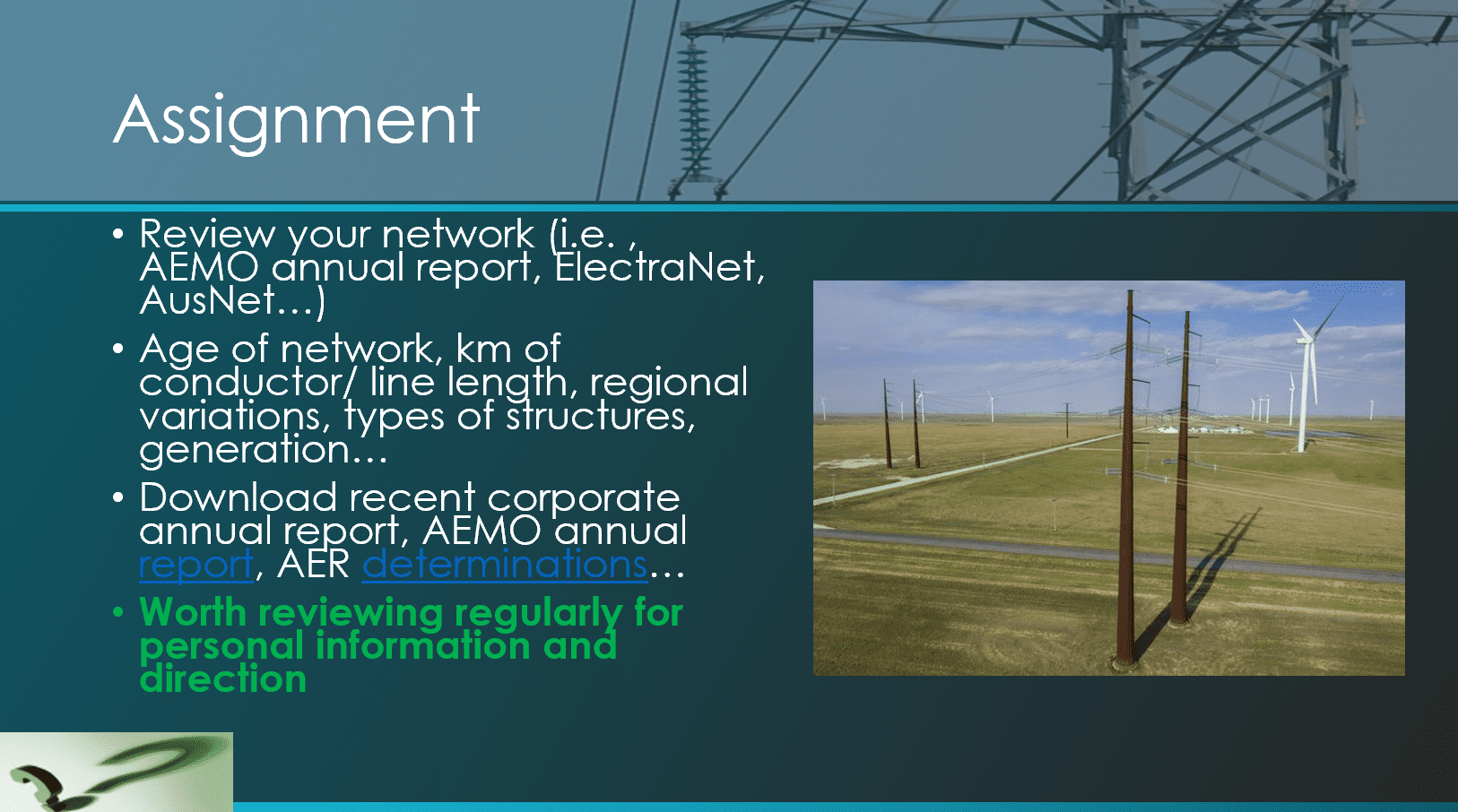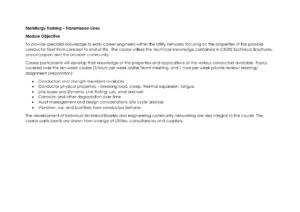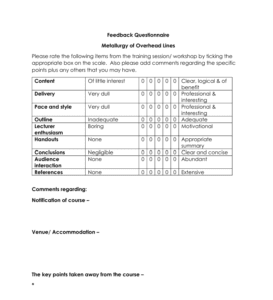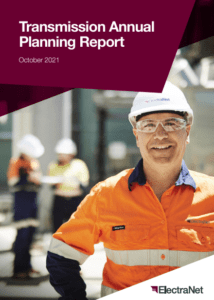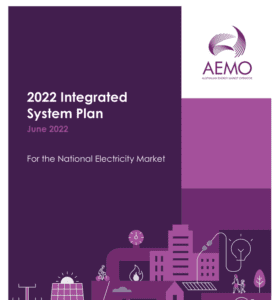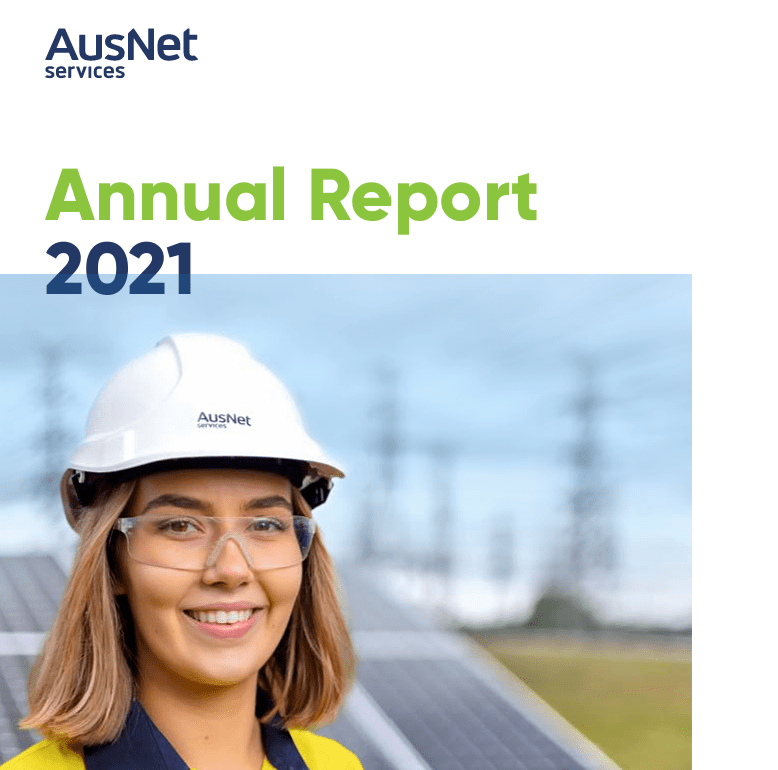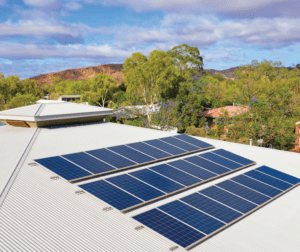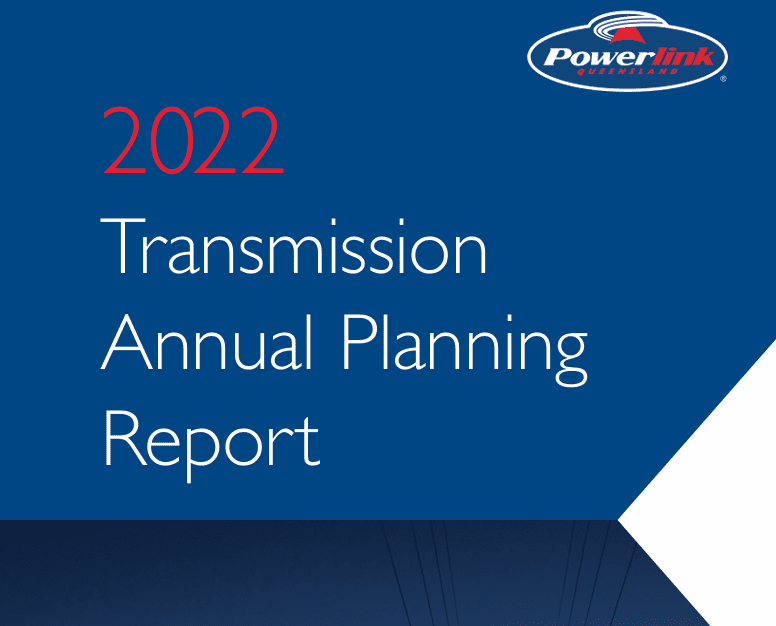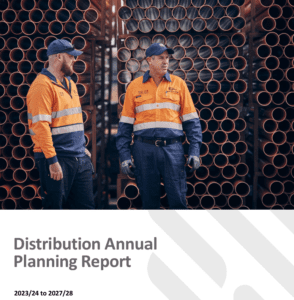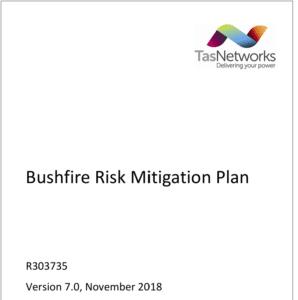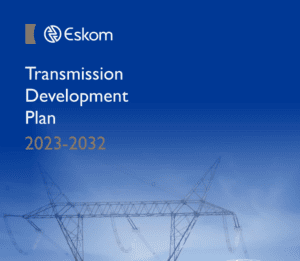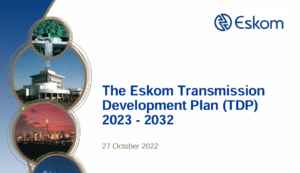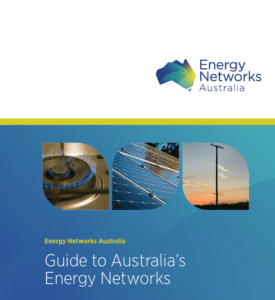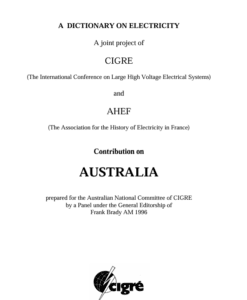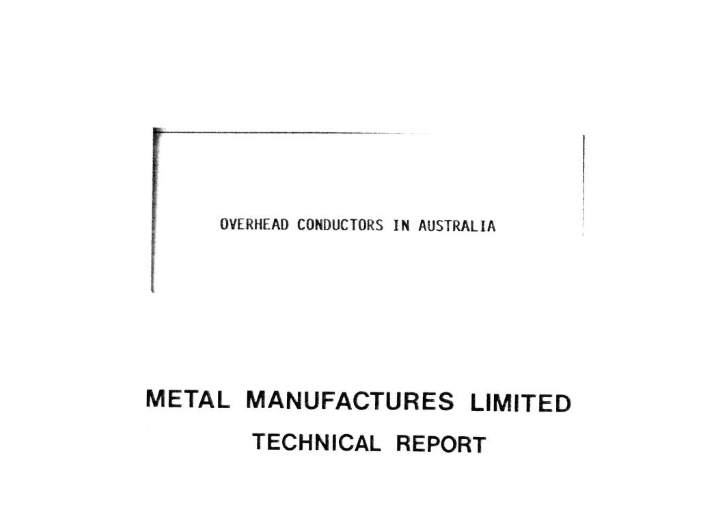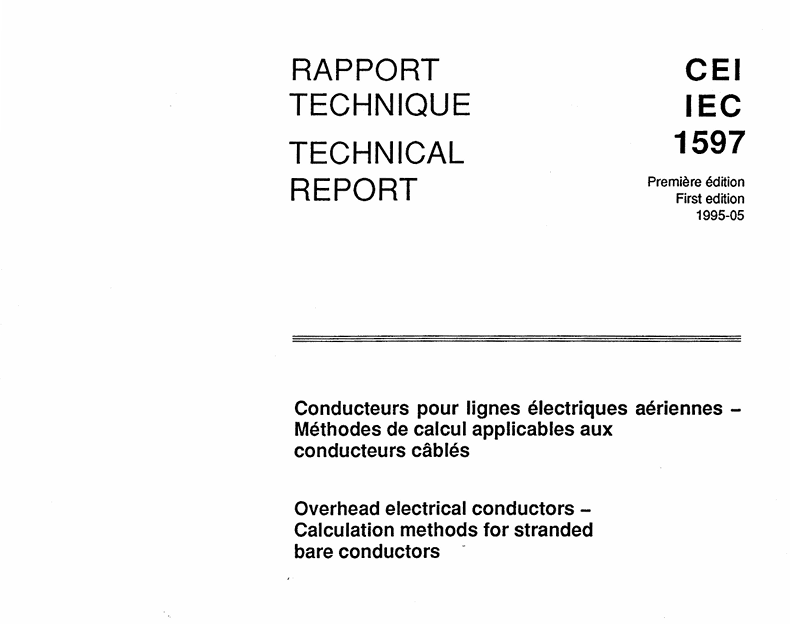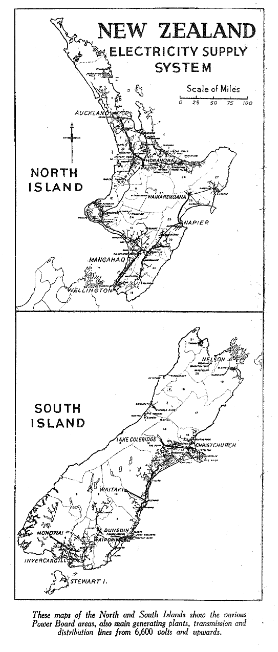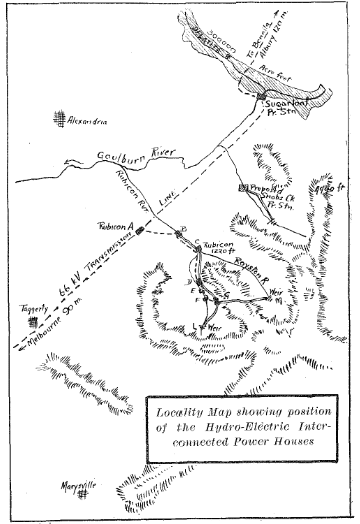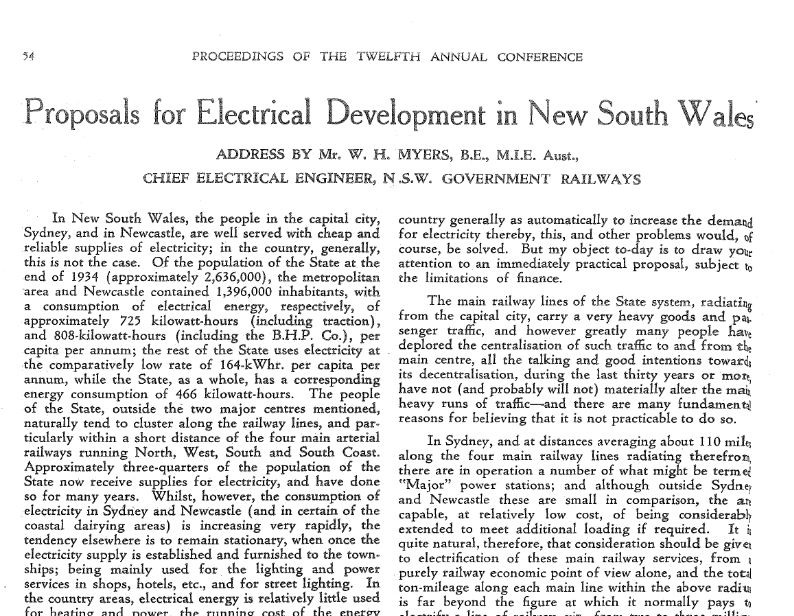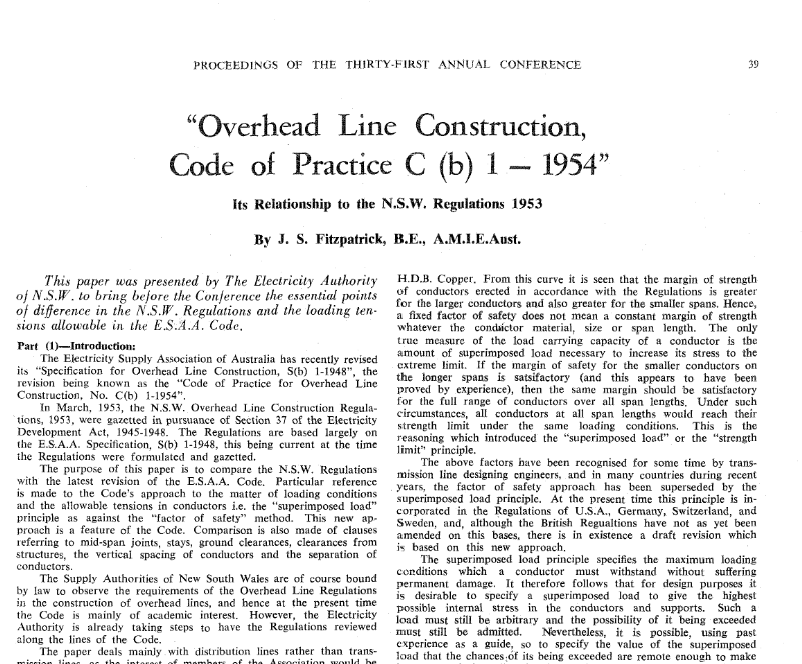Week 0: Introduction course structure
Week 1: Industry
ElectraNet Annual Planning Reports
Western Power Annual Planning Reports
TasNetworks Annual Reports
TasNetwroks Bushfire Mitigation
ESKOM presentation Development plan 2023-2032
Australia's Energy Networks: ENA
Old Papers: ESEA (Summaries)
Rural Supplies: Lemaire (1929)
- Rural Electricity Supply: This document discusses the current practices in rural electricity supply in various regions of Australia, with a focus on pole types, transformers, and tariff structures.
- Standardization: The importance of standardization in rural electricity supply is emphasized to ensure efficiency and cost-effectiveness. This includes standardized pole types, crossarm dimensions, and transformer protection methods.
- Rural Electricity Costs: The paper presents a detailed comparison of costs for various rural electricity projects, including line construction costs and tariffs charged to consumers.
- Industrial Illumination: The importance of adequate industrial lighting is highlighted, with a focus on the impact of light on productivity, quality of work, and employee satisfaction.
- "Scientific" Illumination: The paper explores the principles of scientific illumination, emphasizing the use of standardized reflectors and the proven benefits of improved lighting in industrial settings.
- Future Recommendations: The document concludes with recommendations for future improvements in rural electricity supply, including the potential use of aluminium steel cored cable, and a standardized method of protecting transformers.
Rural Electrification of the Upper Hunter Valley: Edwards (1935)
This document details the electrification of a rural area in New South Wales, Australia, driven by the need for reliable irrigation power.
- The region is highly suitable for dairy farming but faces challenges due to low rainfall and the need for extensive irrigation.
- Initially, irrigation relied on costly engine-driven pumps, limiting access to wealthy landowners.
- The introduction of electric pumps, fueled by a local coal company’s surplus power, revolutionized irrigation, making it more accessible and cost-effective.
- The electrification project also provided electricity for lighting, power tools, and household appliances in rural homes and farms.
- The success of this project demonstrates the potential for rural electrification to drive economic development and improve quality of life in remote areas.
Electrical Development in New Zealand: A General Review of the Power Boards and the Methods Used in Certain Cases to Develop Load: Smith (1935)
- New Zealand's electrical development began in 1911 with an English engineer, Mr. Parry, recommending government-owned hydro-electric stations and setting voltage and frequency standards.
- The Government has since constructed stations at Lake Coleridge, Mangahao, Lake Waikaremoana, Arapuni, Hora Hora, and Tekapo, supplying 93% of the country.
- Power Board areas, each with elected representatives, manage distribution, working on a system of fixed kVA charges and regulating profits through tariff adjustments.
- The engineering side of the system focuses on efficiency and minimizing losses through the use of 110 kV transmission lines and static condensers.
- Rural schemes face challenges due to low consumer density and inductive loads, necessitating the use of condensers to improve power factor and voltage regulation.
- Load building campaigns, with various methods like free installation, discounted pricing, and rental schemes, have significantly boosted demand, especially for domestic water heaters and electric stoves.
- The success of the system is attributed to a co-ordinated approach to distribution, resulting in affordable lighting and power for both rural and urban consumers.
- Despite initial high capital costs, the development of new hydro-electric schemes at lower costs and the maturing of rural distribution networks have steadily improved profitability.
- The emphasis on reducing interest charges and optimizing distribution efficiency is key to further lowering tariffs and driving load growth.
- Mr. Parry, Laurence Birks, and Mr. F. T. Kessell are recognized for their vision and leadership in shaping New Zealand's electrical development.
The Sugarloaf Rubicon Hydro-Electric Scheme of the State Electricity Commission of Victoria: Ferris (1936)
- The Sugarloaf Rubicon Hydro-Electric Scheme harnesses both irrigation water and mountain streams to generate power.
- The scheme comprises five stations: Sugarloaf, Royston, Rubicon, Lower Rubicon, and Rubicon Falls.
- Sugarloaf, utilizing irrigation water, operates primarily during summer months.
- Mountain stream stations operate primarily during winter.
- Each station operates with different heads and water flow.
- All stations are remote controlled from the Rubicon "A" Substation.
- Supervisory control includes water level indication, valve control, and generator start/stop functionality.
- The scheme's combined output is approximately 140,000,000 kWh per annum.
- A single-line diagram of the electrical connections between stations and the main transmission line is included.
Proposals for Electrical Development in New South Wales: Myers (1936)
Objective: Electrify main railway lines from Sydney to Newcastle, Lithgow, Goulburn, and Nowra to improve transport and create a more interconnected electric grid for the state.
Cost: Estimated at £8,000,000 over 8-10 years.
Benefits:
-
- Increased speed and comfort of rail traffic.
- Reduced cost of bulk electricity supplies in the country.
- Expansion of electricity services to rural areas.
Government Assistance:
-
- Subsidies for interest and repayment charges for new rural lines.
- Graduated contributions, decreasing over time.
Challenges:
-
- Securing funding for rural line development.
- Reaching agreement on uniform tariffs for electricity supply authorities.
Discussion points:
-
- Uniform domestic tariffs.
- Increasing span lengths for rural lines.
- Reducing construction costs for rural lines.
- Sharing costs of service lines.
Key considerations:
-
- The need for economical and efficient rural line construction.
- The importance of a comprehensive electrical system, including both "arterial" and "capillary" lines.
- The role of the government in funding and managing large-scale electrical infrastructure projects.
Overhead Line Construction: Code of Practice C(b) 1 - 1954: its Relationship to the NSW Regulations: Fitzpatrick (1956)
(This document evolves into AS/NZS 7000)
This document presents a technical paper comparing the new Australian Code of Practice for Overhead Line Construction (ESAA) with the existing NSW Overhead Line Construction Regulations.
Key Differences:
- Conductor Tension Design: The Code adopts the "superimposed load" principle, focusing on the maximum load a conductor can withstand without permanent damage, while the Regulations use a "factor of safety" approach.
- Mid-Span Joints: The Code specifies minimum mechanical and electrical efficiencies for mid-span joints, while the Regulations do not.
- Working Conditions: The Code simplifies design by specifying only one loading condition, while the Regulations specify two.
- Conductor Sags & Tensions: The Code allows for greater conductor tensions and longer design spans, leading to potential cost savings.
- Ground Clearances: Both the Code and Regulations provide for reduced ground clearances (16 ft) for high voltage lines, but the Code clarifies this for rural areas.
- Conductor Separation: The Code includes specific minimum separation requirements at supports and mid-span, using empirical formulae.
Discussion Highlights:
- Several engineers voice concerns about the potential for increased stress concentration in conductors with higher tensions.
- Concerns are raised about the potential hazards of guy insulators for horses and humans, and the adequacy of 16ft ground clearances in some areas.
- The need for new sag tables and calculation methods reflecting the Code is highlighted.
Overall, the paper concludes that the Code represents a more logical and realistic approach (compared to pre-1954) to overhead line construction, offering potential cost savings while maintaining safety.
Assignment:
- Review the Network that you primarily work in.
- Read your Annual Report and compare to another Utilities Annual Report.
- Read the AEMO ISP - taking note of how your Utility fits into the grand plan
- Reflect on the line length of conductors and the age of conductors and structures (poles/ towers)
